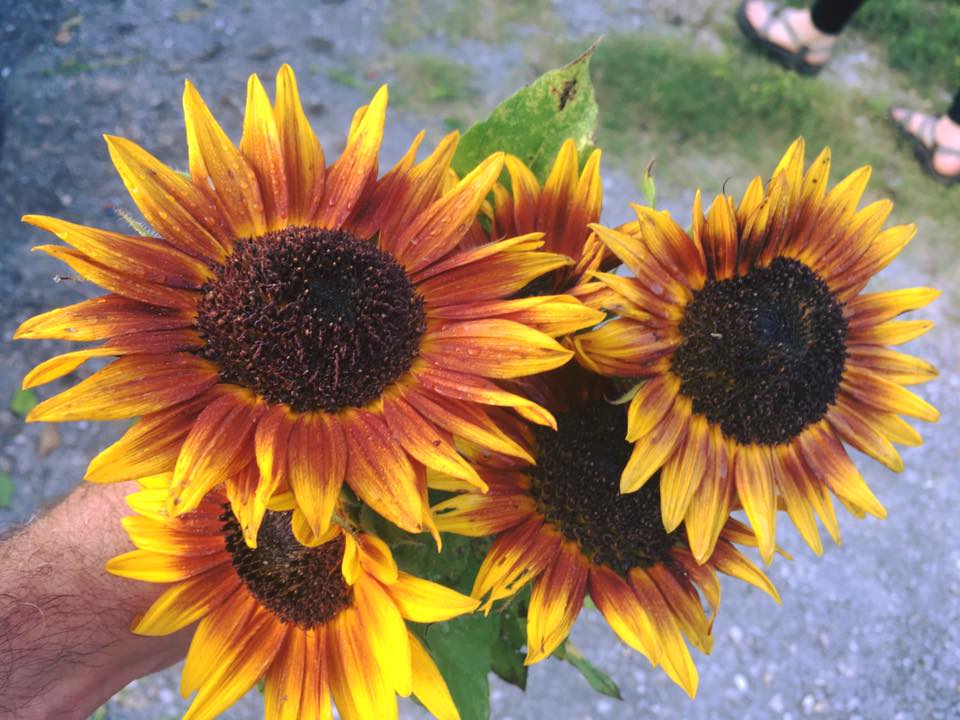“Keep your face to the sunshine and you cannot see the shadows.
It’s what the sunflowers do.” – Helen Keller

Knoxville grower John Benzinger has been cultivating the local soil for more than fifty years. In that time, he ran a tobacco farm and a dairy farm followed by a sunflower nursery. He got into the flower business several years after selling the dairy farm in the mid-1980s. During the interim, John returned to the University of Tennessee to complete his college education. “I finished my degree at age 45. I started in 1957 and ended in 1984” Benzinger laughs as he recounts the dates. Then, he taught horticulture and agriculture at Lenoir City High School, and learned greenhouse gardening alongside his students.
Over time, the cut flowers that John grew found their way into farmers’ markets from here to Atlanta and then he sold sunflowers in Kroger grocery stores. Then, he saw RAF co-founder and CEO Larsen Jay on TV and thought “this is a way I can give flowers to people so they can enjoy them.”
The RAF Knoxville workshop enjoyed the sunny faces of John and his sunflowers all summer long. Bouquets featured the beautiful orange and yellow flowers, and brought sunshine to recipients in assisted living facilities and hospitals from Oak Ridge to Maryville.
And, a piece of John goes with each one of his flowers – the brightness of his smile, the earthiness of his laugh, and his commitment to the people in his community.





